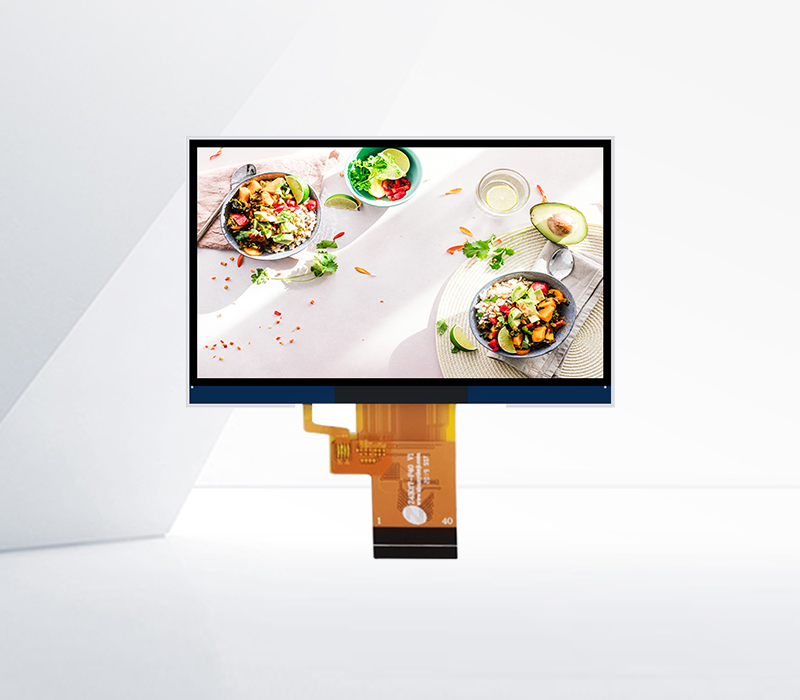




OLED display technology is different from traditional LCD display methods in that it does not require backlighting and has self luminous characteristics. It uses very thin organic material coatings and glass substrates, which emit light when current passes through them. Moreover, it has a wide viewing angle, uniform image quality, fast response speed, easy colorization, and can achieve light emission with a simple driving circuit. The process is simple and can be made into a flexible panel, which conforms to the principle of being thin, light, and short. Its application range belongs to small and medium-sized panels and can significantly save energy.
(1) OLED can emit light on its own, while LCD cannot. So OLED is much brighter than LCD, and in addition, OLED has greater contrast and richer color effects
(2) LCD requires background lighting to be turned on, while OLED is powered on only in the units that need to be turned on, and the voltage is very low, making it more energy-efficient;
(3) OLED requires very few materials, has a simple manufacturing process, and can save 20% of production costs compared to LCD;
(4) OLED has no limit on the viewing angle range, and the viewing angle can generally reach 160 degrees. It is also much lighter in weight than LCD;
(5) OLED can also be bent, with a wide range of applications.
